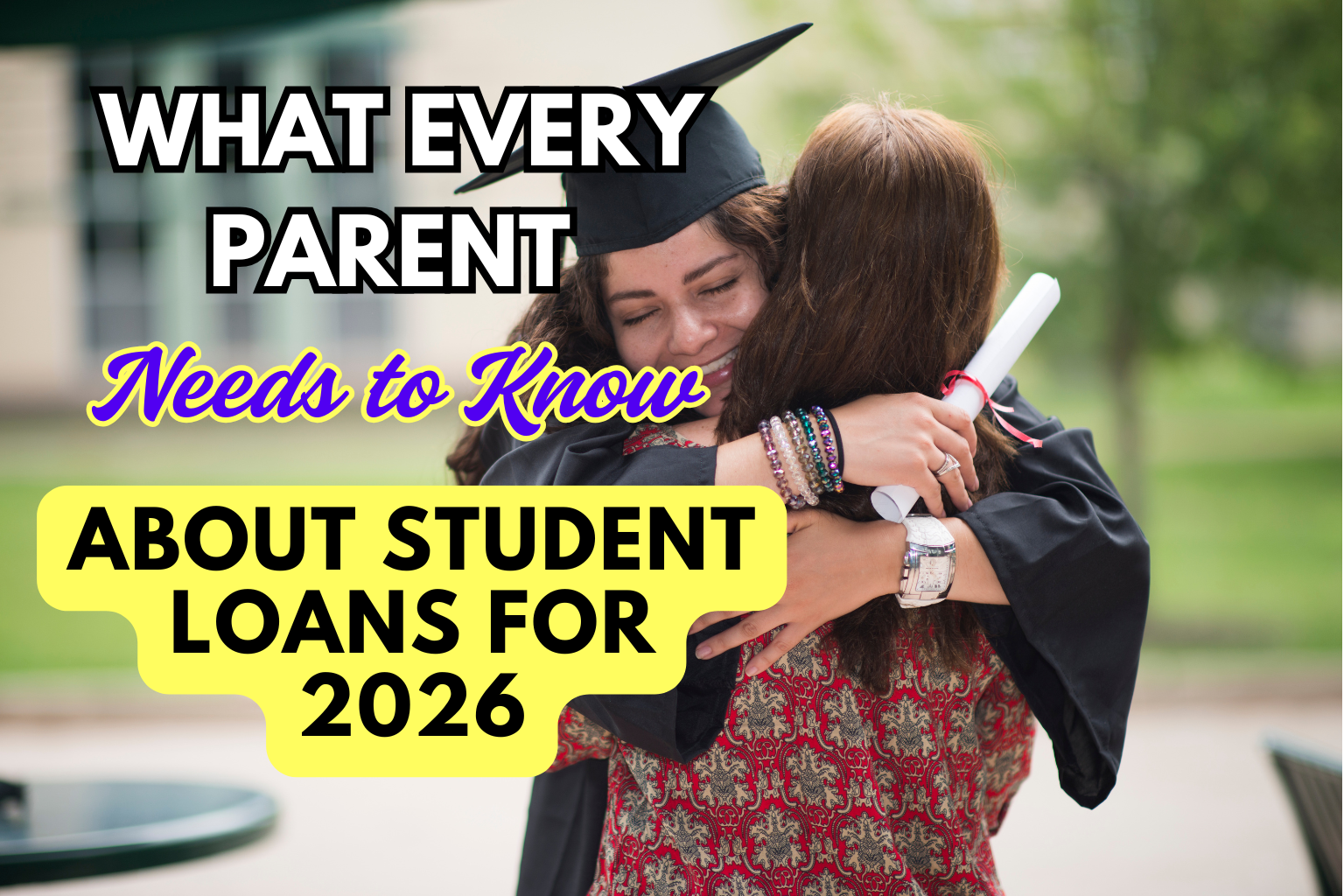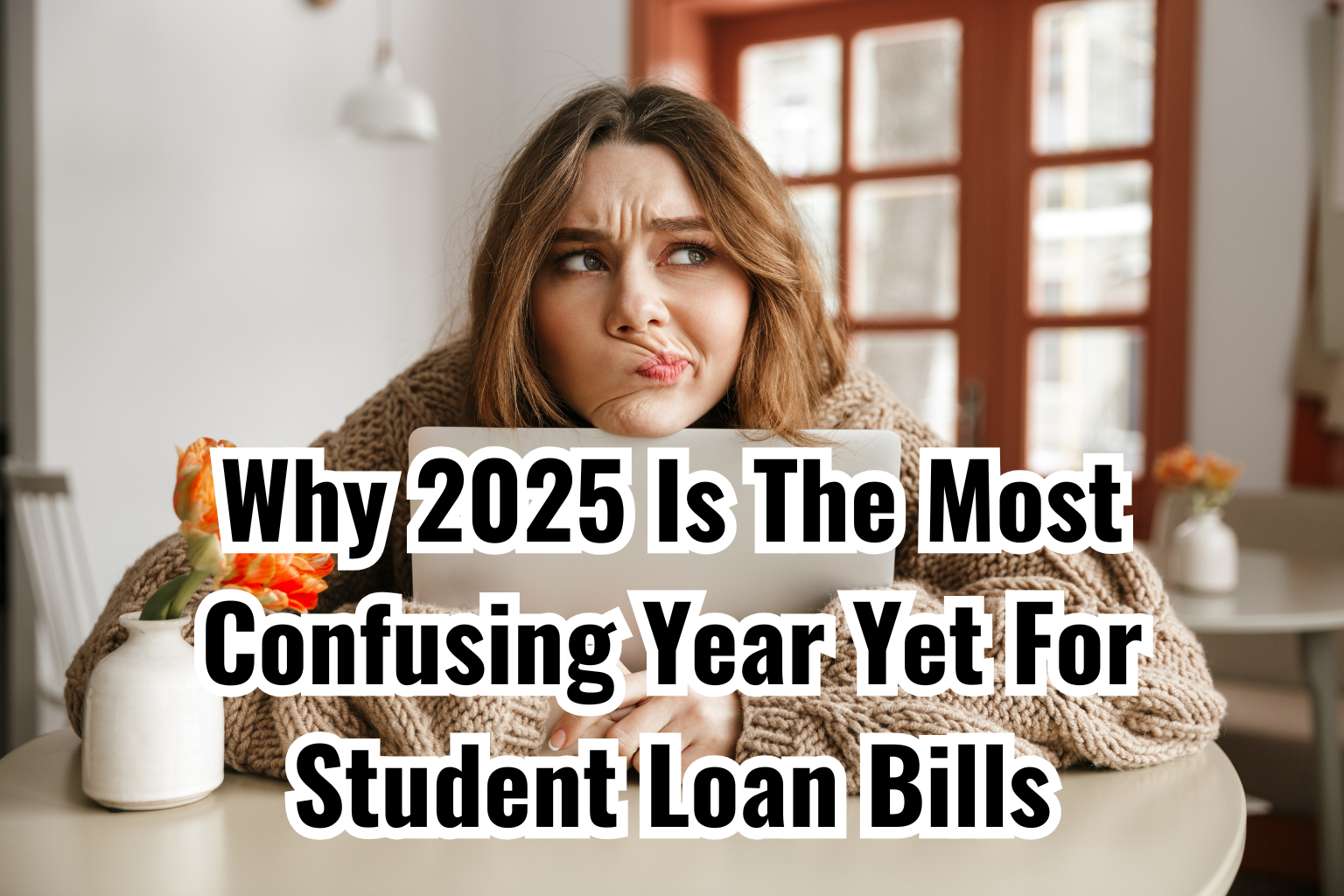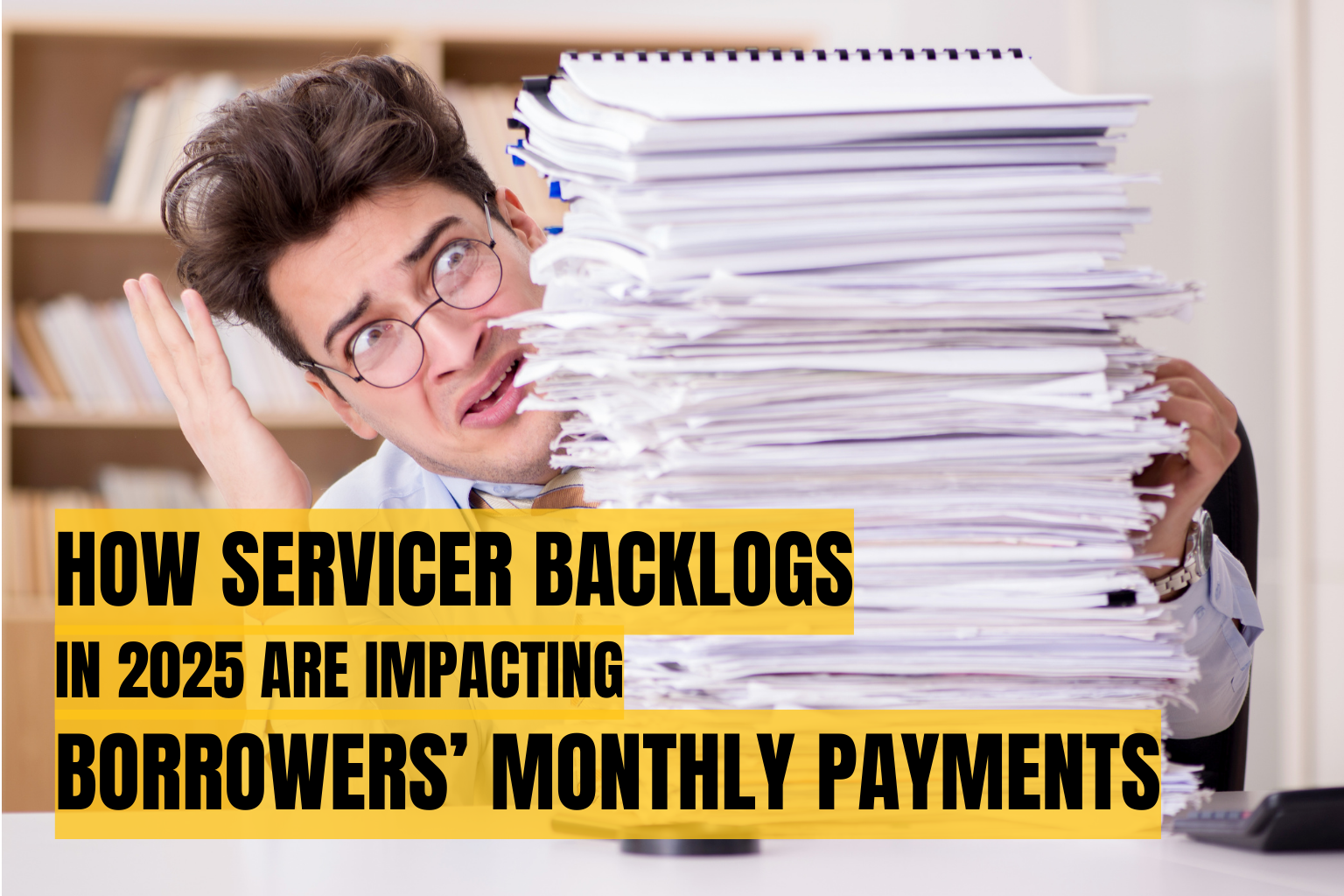What is student loan forgiveness? In this article, we cover student loan forgiveness, student loan repayments, and how you can save more.

Student loan forgiveness is something almost every federal student loan borrower can qualify for, it is written into U.S. law. Where things get complicated is that there are many forgiveness and repayment options that are difficult to understand, leading people to believe that because they didn’t qualify for one loan forgiveness option that student loan forgiveness at large does not exist. There are several kinds of forgiveness available through different programs.
We’ll show you here what each of these are so you know which option applies to your current situation. While student loan forgiveness will dramatically reduce the cost of your loans, navigating it on your own without making mistakes that disqualify you for forgiveness is nearly impossible as evidenced by recent data from the National Consumer Law Center that showed that out of the 2 million borrowers who could have qualified for student loan forgiveness via IDR (Income Driven Repayment) plans, only 32 individuals actually received total student loan forgiveness.
So what are the different kinds of student loan forgiveness available?
The most popular programs that offer student loan forgiveness are the Income Driven Repayment (IDR) plans. These programs are overall the best choices for most borrowers that qualify for them. That’s because an IDR program designates payment amounts that are a certain percentage of your income and family size, with many people qualifying for as low as a $0 payment. Once you have made payments for 20-25 years, depending on the specific IDR you’ve chosen, the total loan balance is forgiven and treated as taxable income. In addition to the IDR program, certain repayment options have additional subsidies. For example, the RePAYE Plan includes a 50% interest subsidy on any negative amortized interest, and reduces the repayment window on undergrad loans, “provided you don’t have any graduate loans” by 5 years. Read our blog article for student loan repayment tips.
Another program that offers student loan forgiveness is Public Service Loan Forgiveness. You qualify for this program if you can work for the federal, city or state government or a qualified 501(c)3 non profit and are in a qualified repayment plan and have made 120 total qualified payments. This includes vocations such as nursing, medical doctors, and public school teaching and many others. For example, you could technically have a million dollars in federal student debt and work as a janitor at a public school and after 120 qualified payments, your debt would be forgiven without any tax implication.
So now that you understand the different options for federal student loan forgiveness, what can you do to improve your odds of actually realizing the forgiveness from less than a 1% gamble to near 100% certainty? Well the answer is something that will probably surprise you because it’s never talked about in the media or from your servicer. The answer is working with someone who is compensated to have your best interest in mind. Similar to a tax accountant or an attorney, you want to work with people who have a vested interest in your outcome. You could hire a student loan attorney. But they’re expensive and often simply advise, and not handle all of the document preparation and servicer follow up and auditing.
On the other hand you could become a client of Student Loan Tutor. As far as we know we have worked with more borrowers on a paid for service basis for a longer period of time than any other organization. We not only help you figure out which forgiveness program and repayment plan is best for you now, but also revisit your strategy year over year for the life of your loan. We also do all of the paperwork and servicer follow up to make sure you never miss a payment or deadline which can disqualify you from your chosen repayment program, cause interest to capitalize, or cause collections to come knocking. If you’d like to find out if Student Loan Tutor is a good fit for you, please schedule a free evaluation with us.
Looking for more information about how to navigate the terrain of student loans? Check out more of our most recent blog posts.

December 23, 2025
As college costs continue to rise, many families turn to parent student loans to help cover the gap, but recent federal student loan reforms make it more important than ever for parents to understand their options. This guide breaks down what every parent borrower needs to know about Parent PLUS loans, repayment and forgiveness programs, and the critical 2026 changes that could permanently impact eligibility for income-driven repayment and loan forgiveness.

December 15, 2025
2025 is unusually confusing for student loan borrowers because multiple major policy changes, returned interest, revamped repayment plans, renewed collections, and overlapping deadlines, are all happening at once. Borrowers must review their loan details, prepare for higher payments, and stay alert to shifting rules to avoid financial setbacks...

December 8, 2025
Servicer backlogs in 2025 are causing delayed repayment-plan updates, incorrect monthly bills, and slower progress toward forgiveness, leaving many borrowers with higher or unpredictable payment amounts. Student Loan Tutor helps borrowers navigate these delays by providing expert guidance, accurate plan preparation, and ongoing support to keep repayment on track...